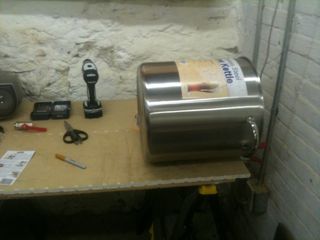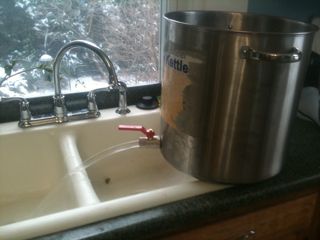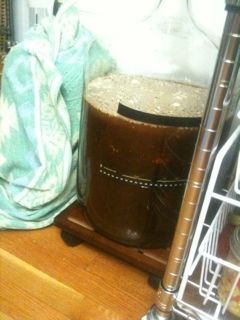How things work: Fannie and Freddie Edition
For whatever reason, I never got the complete American High School education experience. Among other things, I missed the day where they taught that there are some problems that are just too big and too complex for me to figure them out. I *have* found some problems that were beyond me – but my default position is that if bright people have figured something out in the past – I ought to be able to get a solid grasp on it.
There’s a lot of talk about government budgets right now – what should be cut – what should be kept. A lot of people seem content to go with their sports loyalty driven “blue team” vs. “red team” understanding. That seems to work out to, “Obama says this is good, so yes,” as opposed to “Obama says this is good, so hell no.” My fear is that this model will lead to a lot of baby getting thrown out with the bathwater.
Let’s dig into a specific example.
Fannie Mae and Freddie Mac are the government sponsored corporations that implement government support of home mortgages. They’re a special kind of corporation, created by congress, to do a specific thing in the economy. The way it works is pretty straightforward:
* The FM’s define the sorts of mortgages that they support, and guarantee that they’ll buy mortgages that conform to their rules.
* Banks go out and issue mortgages under those rules (“conforming” mortgages)
* Banks swap those mortgages around with great confidence, knowing that should they need to unload the mortgages, the government has their back.
Of course, we all know what happened: The rules about issuing mortgages were either too loose or were not followed closely enough. This was a combination of old fashioned greed and poor regulation. Lots of loans were issued that the borrowers could never pay back. Greedy salesmen took signatures from greedy buyers and backed it up with cash from banks who were too busy cashing their profits to bother checking the math. Vast amount of bad debt was created and stuffed into all corners of the economy. Shit went south, and now we’re gonna change everything to make sure It Never Happens Again.
So, what happens if we simply abolish the FM’s?
1.1) Banks will now have to negotiate with each other and / or hold on to their own damn mortgages.
1.2) There will be no central clearing house of rules for loans.
Taken together, this means that:
2) Mortgages (and most loans) become harder to get. It’ll be harder to qualify for a loan and the interest rates will be higher. You’ll wind up giving a blood sample for your mortgage – and you’ll pay a higher interest rates and upfront fees.
However:
3) People will still have to sell their houses.
Whether it’s divorce, death, relocation, or whatever – there is a constant flux in the real estate market. Some people simply don’t have an option about selling – and so they’ll take what they can get. The buyers will be having a harder time raising money, so two things will happen:
4.1) The housing market will “cool off.” Houses will take longer to sell.
4.2) Housing values will drop. The same house will consistently bring less money. The same person will buy the same house, but they’ll only qualify for a smaller mortgage – and eventually the seller will take what’s offered.
4.3) Until housing values finish dropping, more people will rent than own.
Note that none of this is inherently good or bad thing. It’s just one option out of many.
So when you say “get government out of the mortgage market,” you’re supporting dropping housing prices, cooling the housing market, and renting rather than owning. That will *feel* like large money losses, particularly for those of us who hold mortgages right now. However, you’re also going to reduce the perception of the housing market as a money maker – which I think is a good thing.
I think that there are some things that are too important to society to have them serve as engines of profit. I include the basics: housing, medical care, basic food provision for the masses, basic education, and so on. Note that this doesn’t mean “let’s make them into pure social programs.” I’m a big believer in market forces. It’s just that if housing is important enough to regulate – then don’t regulate it for the benefit / profit of the wealthy … regulate it for the the benefit of the majority.
There’s a social engineering aspect here as well. America “supports home ownership.” That’s partly because people who own a house tend to take better care of it and to give more of a damn about their neighborhood than renters. So, we’ve supported home ownership because we like communities of home owners. I’m a fan of that. The other social engineering aspect is that we keep trying to trick our citizenry into saving enough money for retirement. I think that as long as we encourage home ownership – that takes care of itself. You don’t tend to sell your house for retirement, you tend to live in it.







